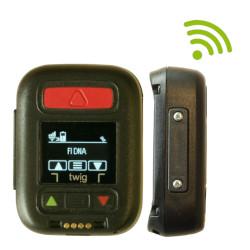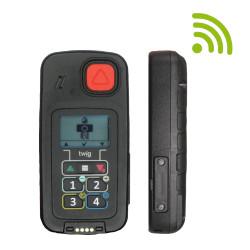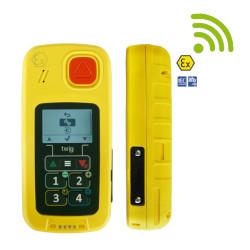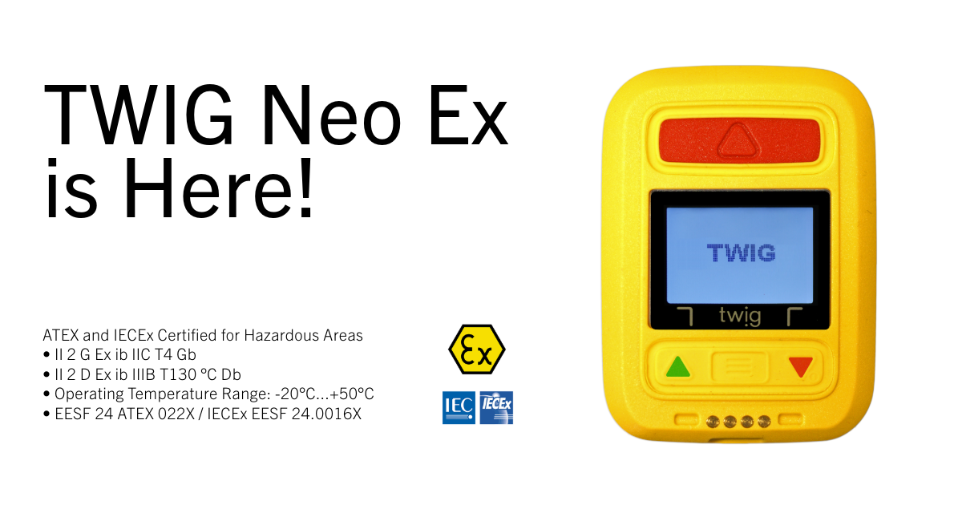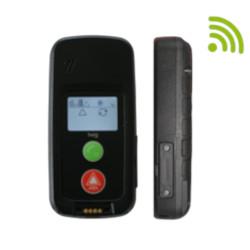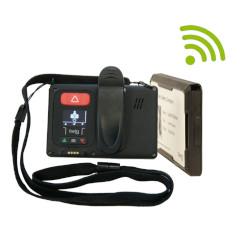WLAN-Kommunikation für maximale Sicherheit von Alleinarbeitern
Die WLAN-Kommunikation bietet eine entscheidende Lösung für Alleinarbeiter in Bereichen mit schlechter Mobilfunkabdeckung, wie z. B. Industrieanlagen, Tunnel, ländliche Gebiete oder extreme Wetterzonen. Dank der WLAN-Kommunikation können TWIG Personen-Notsignalgeräte (PNA) selbst dort kritische Sicherheitsfunktionen gewährleisten, wo Mobilfunk versagt.
Wie WLAN die Sicherheit von Alleinarbeitern verbessert
WLAN-Netzwerke ermöglichen wichtige Sicherheitsfunktionen für Alleinarbeiter, einschließlich präziser Standortbestimmung sowie der Möglichkeit, Alarme auszulösen oder über Sprach- und Datenübertragung zu kommunizieren.
In vielen Einsatzgebieten stoßen Mobilfunknetze an ihre Grenzen. WLAN-Netzwerke bieten eine stabile, unternehmensinterne Alternative für:
Notrufe und Alarmierung
Schneller Notruf und Alarmübermittlung über VoIP-Anrufe und sichere Datenübertragung via WLAN.
Präzise Indoor-Ortung
Exakte Positionsbestimmung über WLAN-Zugangspunkte.
Zuverlässige Verbindung
Permanente Verfügbarkeit während der gesamten Schicht.
WLAN-konforme TWIG Personen-Notsignal-Geräte
VoIP-Anrufe
Unsere WLAN-kompatiblen PNA ermöglichen nahtlose VoIP-Kommunikation über Drittanbieter-Anwendungen. Dies umfasst die Kommunikation von Gerät zu Gerät über unsere TWIG Point-Plattform als SIP-Server sowie die Möglichkeit, über Drittanbieter-VoIP-Dienste Verbindungen zu regulären Telefonnummern herzustellen.
Wie man die WLAN-Kommunikation in Betrieb nimmtWLAN-Ortung
Der TWIG Point Hybrid-Ortungsdienst nutzt WLAN-Signale für eine zuverlässige Standortbestimmung in Innenbereichen. Diese Funktion ist besonders effektiv in öffentlichen Räumen und an firmeneigenen Standorten, da sie Mobilfunk-, WLAN- und BLE-Technologien kombiniert, um den genauen Standort einer in Not geratenen oder verletzten Person zu ermitteln.
Entdecken Sie die Optionen zur Indoor-Ortung